The amazing mission of the nasa, Cassini Legacy 1997-2017
Probably this year, I leave many discoveries, but without a doubt I believe that one of the most important discoveries of the NASA was the culmination of the first unmanned mission to Saturn, called mission CASSINI LEGACY, which was started since 1997 and until 2017 they get amazing results on this magical planet, which has a lot of history.
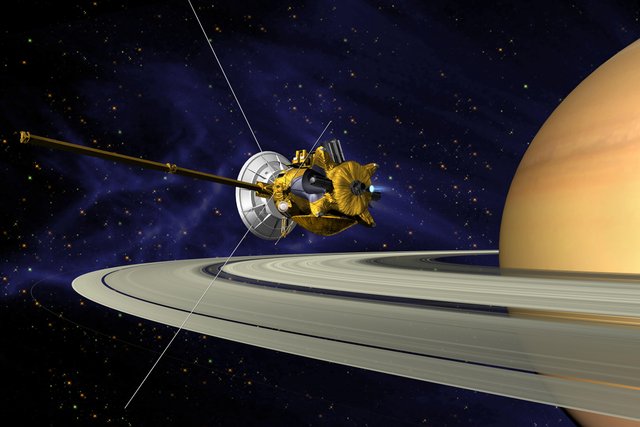
Before Cassini, we had only brief glimpses of the discoveries awaiting us at Saturn. Pioneer 11 and Voyagers 1 and 2 conducted flybys decades earlier, taking pictures, measurements and observations as they zoomed past. These missions shed new light on Saturn’s complicated ring system, discovered new moons and made the first measurements of Saturn’s magnetosphere. But these quick encounters didn’t allow time for more extensive scientific research.
Cassini changed all that. It began the first in-depth, up-close study of Saturn and its system of rings and moons in 2004. It became the first spacecraft to orbit Saturn, beginning a mission that yielded troves of new insights over more than a decade. The Saturnian system proved to be rich ground for exploration and discoveries, and Cassini's science findings changed the course of future planetary exploration.
"We're looking at a string of remarkable discoveries -- about Saturn's magnificent rings, its amazing moons, its dynamic magnetosphere and Titan's surface and atmosphere," said Linda Spilker, Cassini's project scientist. "Some of the mission highlights so far include discovering that Titan has Earth-like processes and that the small moon Enceladus has a hot-spot at its southern pole, plus jets on the surface that spew out ice crystals, and liquid water beneath its surface."
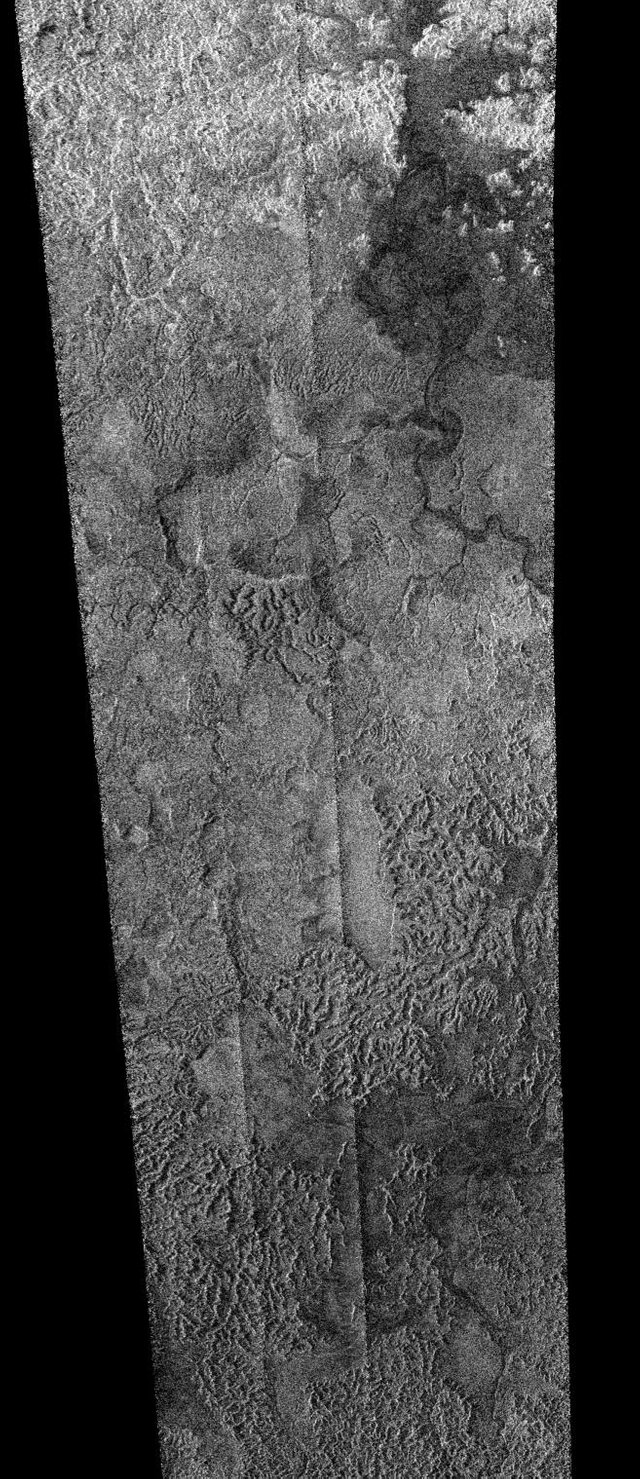 Cassini let us see beneath Titan's thick orange haze. This synthetic aperture radar image taken by Cassini has abundant evidence for flowing liquids, from sinuous, wide river channels to shorter, more chaotic drainage patterns. Image credit: NASA/JPL-Caltech/ASI
Cassini let us see beneath Titan's thick orange haze. This synthetic aperture radar image taken by Cassini has abundant evidence for flowing liquids, from sinuous, wide river channels to shorter, more chaotic drainage patterns. Image credit: NASA/JPL-Caltech/ASIStudying Saturn’s Many Moons
Some of the most surprising scientific findings have come from encounters with Saturn’s fascinating, dynamic moons.
Cassini's observations of Saturn's largest moon, Titan, have given scientists a glimpse of what Earth might have been like before life evolved. They now believe Titan possesses many parallels to Earth, including lakes, rivers, channels, dunes, rain, clouds, mountains and possibly volcanoes.
The data from the Cassini spacecraft and the European Space Agency's Huygens probe, which plunged through Titan's dense, smoggy atmosphere to land on its surface in 2005, have generated hundreds of scientific articles and been the subject of special issues of the world’s most important scientific journals.
Enceladus, too, proved to be a rich source of discovery. The spray of icy particles from the surface jets forms a towering plume three times taller than the width of Enceladus itself. Cassini confirmed that the plume feeds particles into Saturn's most expansive ring, the E ring. The spacecraft came as close as 15 miles (25 kilometers) from the moon's icy surface during its investigation, revealing the presence of a global subsurface ocean that might have conditions suitable for life.
Extending the Mission
The Cassini mission had two mission extensions, allowing for more flybys, investigations and measurements, over a longer span of time.
When its initial four-year tour of the Saturn system was complete in 2008, the Cassini-Huygens saga had brought a new dimension of understanding to the complex and diverse Saturn system.
The two-year Cassini Equinox Mission brought continued excitement. During that first extended mission, the spacecraft made 60 additional orbits of Saturn, 26 flybys of Titan, seven of Enceladus, and one each of Dione, Rhea and Helene. The Equinox mission allowed for observations of Saturn's rings as the sun lit them edge-on, revealing a host of never-before-seen insights into the rings' structure.
In 2010, the spacecraft began a second, seven-year-long, extended mission called the Cassini Solstice Mission. This final mission concluded with a phase known as The Grand Finale -- 22 deep dives between Saturn's cloud tops and innermost ring before it plunged into the giant planet's atmosphere.
Why “Equinox” and “Solstice”?
Saturn’s axis is tilted with respect to its orbit around the sun, similar to Earth. And just like on Earth, Saturn has seasons as a result of this tilt. But on Saturn, every season lasts seven Earth years.
Cassini initially arrived just after Saturn's northern winter solstice, and the Solstice Mission continued until a few months past the northern summer solstice in May 2017. A complete seasonal period on Saturn had never been studied at this level of detail. The Solstice mission schedule allowed for an additional 155 orbits around the planet, 54 flybys of Titan and 11 flybys of the icy moon Enceladus.
Spacecraft
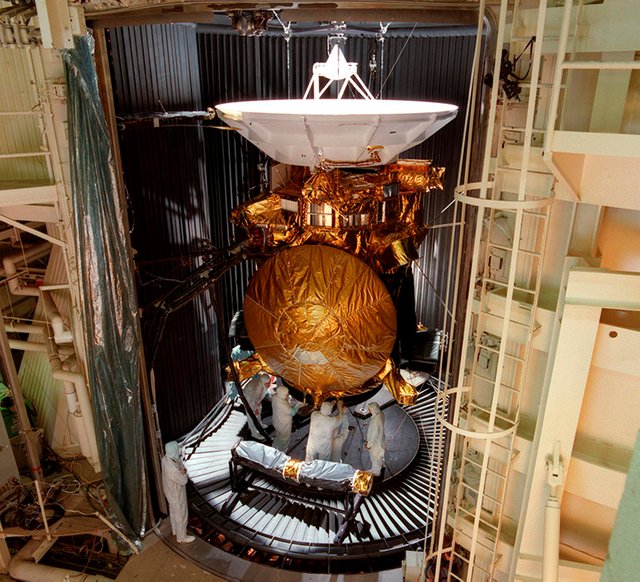
Cassini-Huygens was one of the most ambitious missions ever launched into space. Loaded with an array of powerful instruments and cameras, the spacecraft was capable of taking accurate measurements and detailed images in a variety of atmospheric conditions and light spectra.
The spacecraft was launched with two elements: the Cassini orbiter and the Huygens probe. Cassini-Huygens reached Saturn and its moons in July 2004, beaming home valuable data that transformed our understanding of the Saturnian system. Huygens entered the murky atmosphere of Titan, Saturn's biggest moon, and descended via parachute onto its surface - the most distant spacecraft landing to date.
Cassini-Huygens was a three-axis stabilized spacecraft equipped for 27 diverse science investigations. The Cassini orbiter had 12 instruments and the Huygens probe had six. Equipped to thoroughly investigate all the important elements that the Saturn system may uncover, many of the instruments had multiple functions. The spacecraft communicated through one high-gain and two-low gain antennas. It was only in the event of a power failure or other such emergency situation, however, that the spacecraft communicated through one of its low-gain antennas.
Three Radioisotope Thermoelectric Generators – commonly referred to as RTGs – provided power for the spacecraft, including the instruments, computers, and radio transmitters on board, attitude thrusters, and reaction wheels.
In some ways, the Cassini spacecraft had senses better than our own. For example, Cassini could "see" in wavelengths of light and energy that the human eye cannot. The instruments on the spacecraft could "feel" things about magnetic fields and tiny dust particles that no human hand could detect.
The science instruments can be classified in a way that can be compared to how human senses operate. Your eyes and ears are "remote sensing" devices because you can receive information from remote objects without being in direct contact with them. Your senses of touch and taste are "direct sensing" devices. Your nose can be construed as either a remote or direct sensing device. You can certainly smell the apple pie across the room without having your nose in direct contact with it, but the molecules carrying the scent do have to make direct contact with your sinuses. Cassini's instruments can be classified as remote and microwave remote sensing instruments, and fields and particles instruments – these were all designed to record significant data and take a variety of close-up measurements.

Cassini carried 12 science instruments to collect a wide range of information about the Saturnian environment. These sophisticated devices took images across the infrared, visible and ultraviolet light spectra, detected dust particles, and characterized Saturn's plasma environment and magnetosphere.
The remote sensing instruments on the Cassini Spacecraft calculated measurements from a great distance. This set included both optical and microwave sensing instruments including cameras, spectrometers, radar and radio.
The fields and particles instruments took "in situ" (on site) direct sensing measurements of the environment around the spacecraft. These instruments measured magnetic fields, mass, electrical charges and densities of atomic particles. They also measured the quantity and composition of dust particles, the strengths of plasma (electrically charged gas), and radio waves.
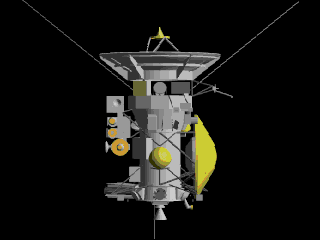
Animación del Cassini-Huygens
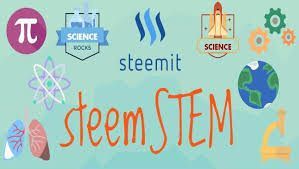
SteemSTEM
SteemSTEM is a community-driven project that now runs on Steemit for more than a year. We seek to build a community of science lovers on Steemit and to promote well written/informative Science Technology Engineering and Mathematics (STEM) postings in order to make Steemit a place for fascinating STEM content.
More information can be found on the @steemstem blog and on the Steemit chat.
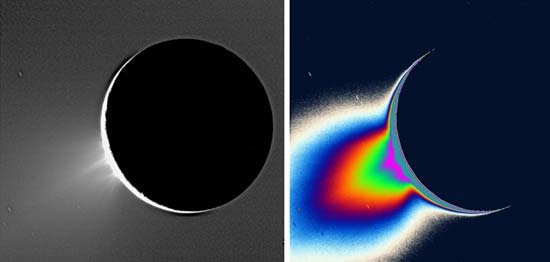
excellent post friend as always your lover of science
Hi, I found some acronyms/abbreviations in this post. This is how they expand: